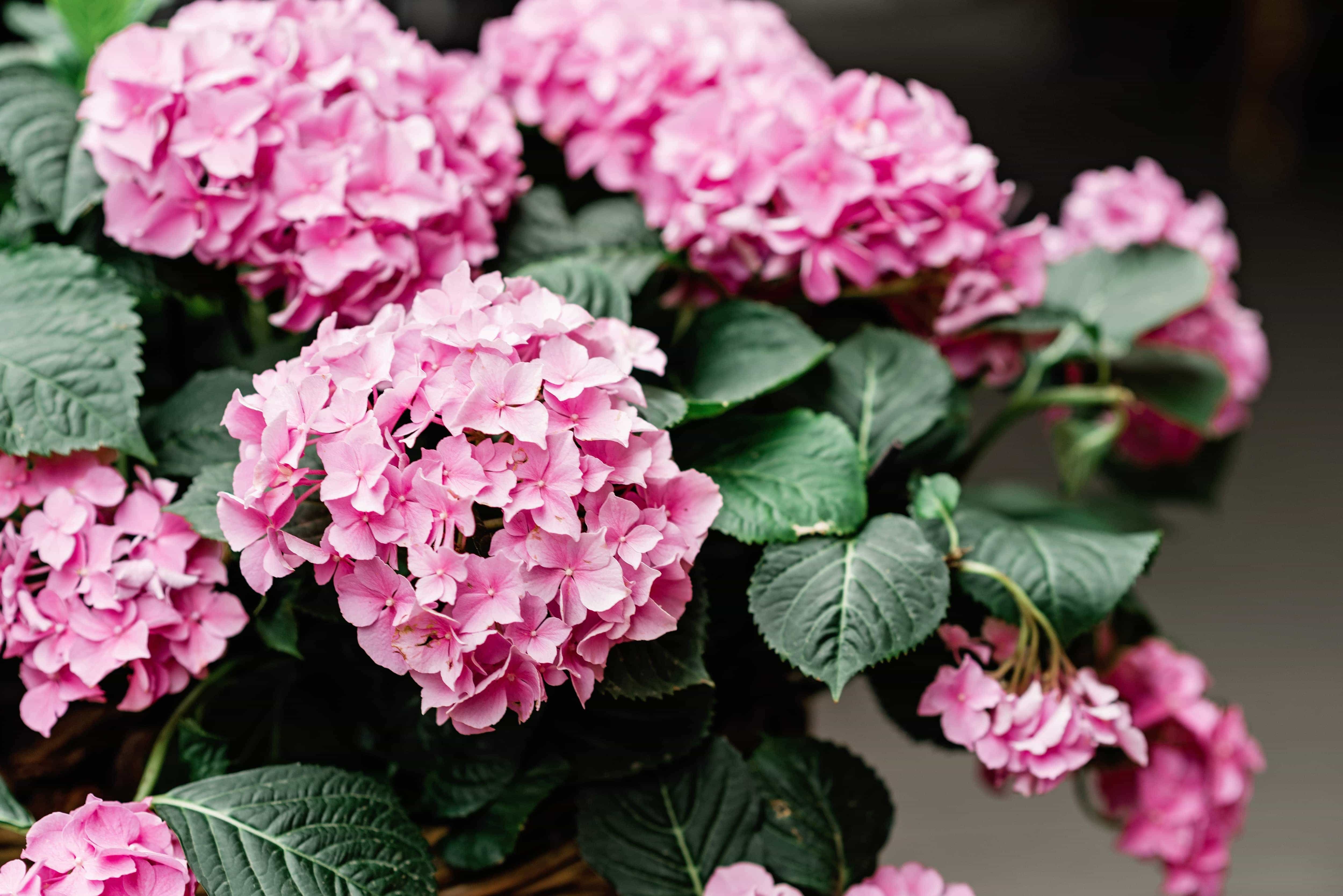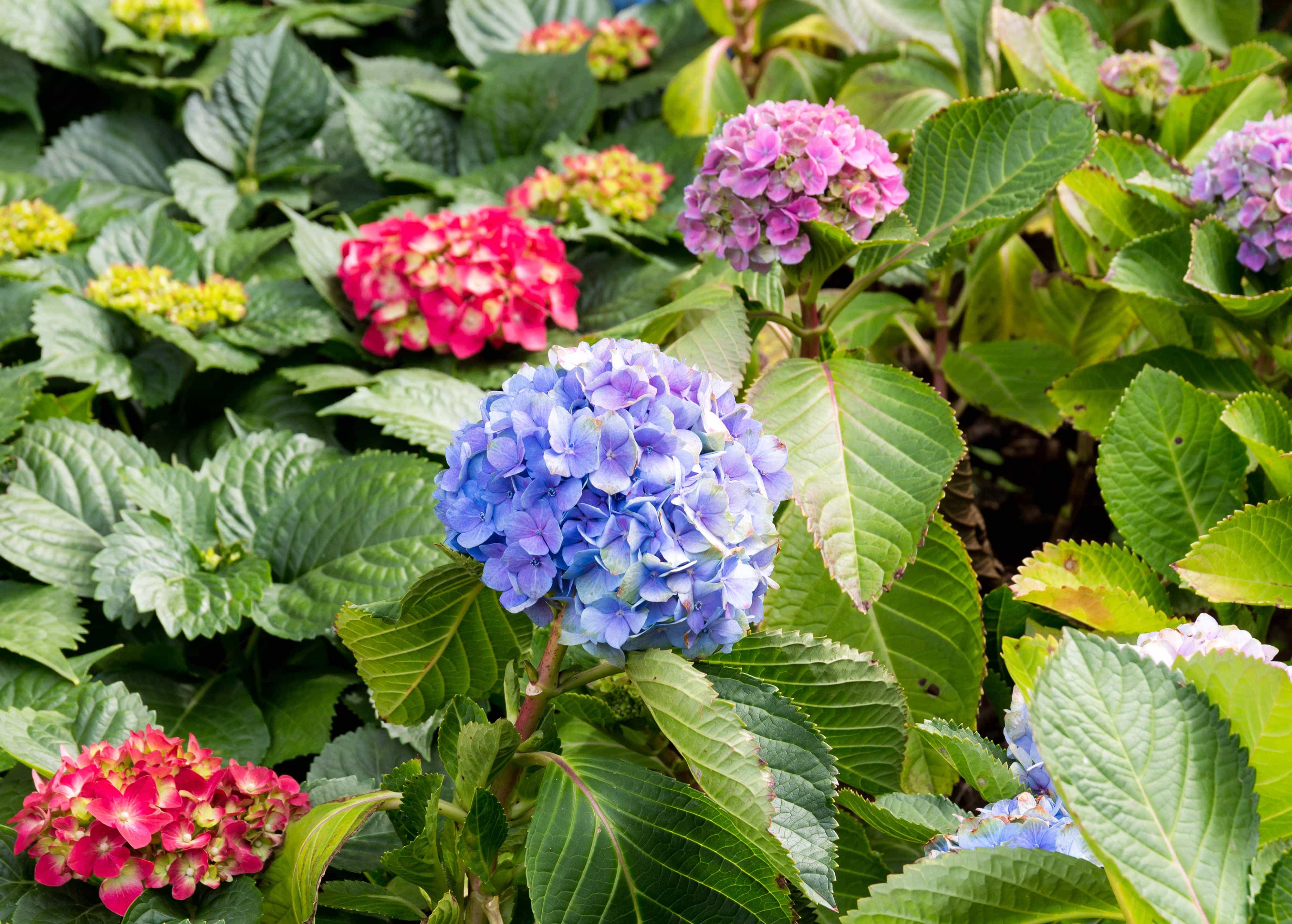Everything You Need to Know About Lavender flower for Your Landscaping
Lavender is a beloved plant among gardeners for its stunning flowers, delightful fragrance, and versatility in various garden settings. Known for its drought tolerance and ability to attract pollinators, lavender is an excellent choice for both ornamental and functional gardens. Understanding the essential attributes of lavender can help you successfully incorporate it into your landscape design.

| Attribute | Description for Lavender Plants |
|---|---|
| Size | Ranges from 1 to 3 feet in height and width, depending on variety. |
| Insects & Pests | Generally resistant to pests and diseases. |
| Bloom Time | Blooms from late spring to early summer, with some reblooming in fall. |
| Maintenance | Minimal maintenance; regular pruning recommended for shape and growth. |
| Root Growth | Deep root system for efficient moisture and nutrient access. |
| Seasonality | Evergreen in mild climates; may die back in colder regions. |
| Watering Needs | Drought-tolerant once established; infrequent watering in well-drained soils. |
| Sunlight Requirements | Thrives in full sun; requires at least 6-8 hours of sunlight daily. |
| Soil Compatibility | Prefers well-drained sandy or loamy soils; does not tolerate heavy clay. |
| Growth Rate | Slow to moderate growth rate, suitable for planned garden designs. |
| Hardiness Zone | Thrives in USDA Hardiness Zones 5–9. |
| Color & Aesthetics | Typically purple blooms; can also be white, pink, or blue. |
| Wildlife Attraction | Attracts bees and butterflies, enhancing garden biodiversity. |
| Allergy Concerns | Low pollen levels; suitable for allergy-sensitive individuals. |
| Edibility/Toxicity | Edible; safe for pets and humans; used in culinary dishes. |
| Wind Tolerance | Can withstand windy conditions but prefers some protection. |
| Invasive Potential | Generally non-invasive and easily managed in gardens. |
| Mulching Needs | Light mulch helps retain moisture and suppress weeds; avoid thick layers. |
| Lifespan | Long-lived perennial, thriving for several years with care. |
| Fertilization | Typically not necessary; light low-nitrogen fertilizer in spring can be beneficial. |
| Companion Planting | Pairs well with drought-tolerant plants; enhances herb gardens. |










.jpg)














